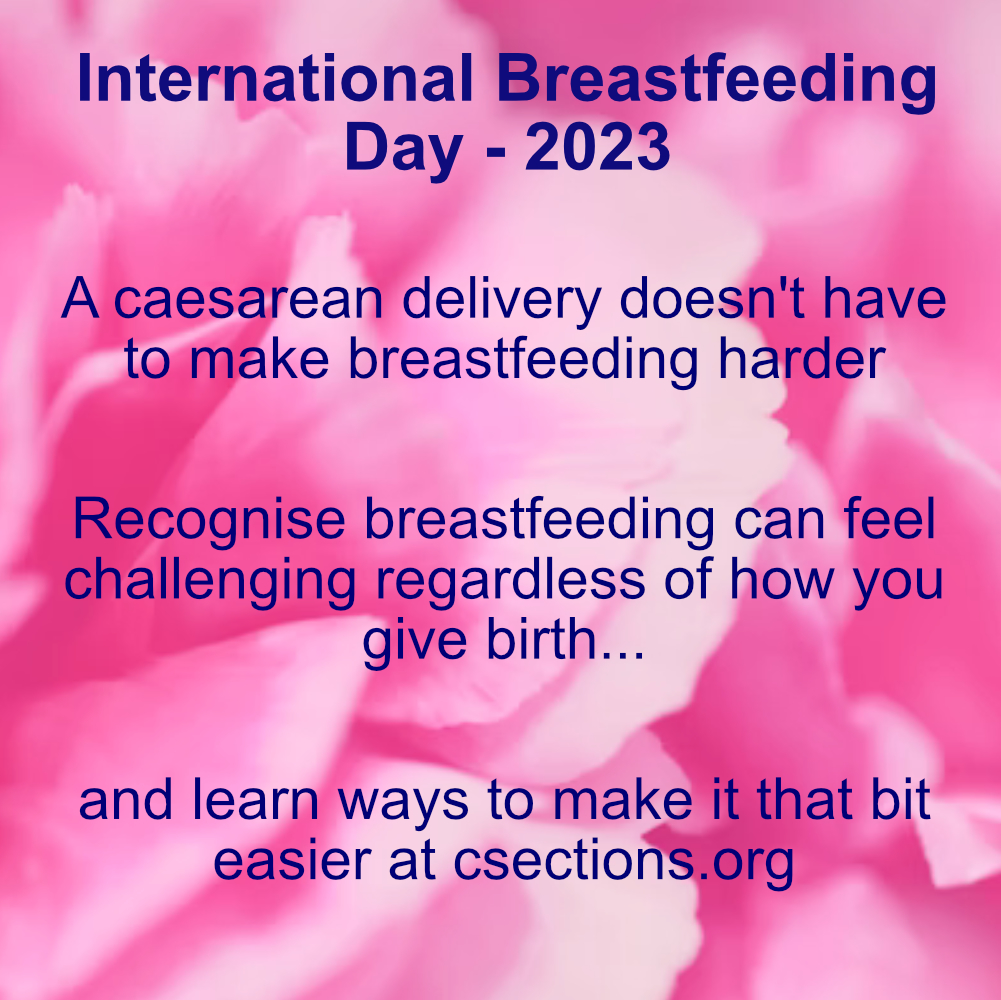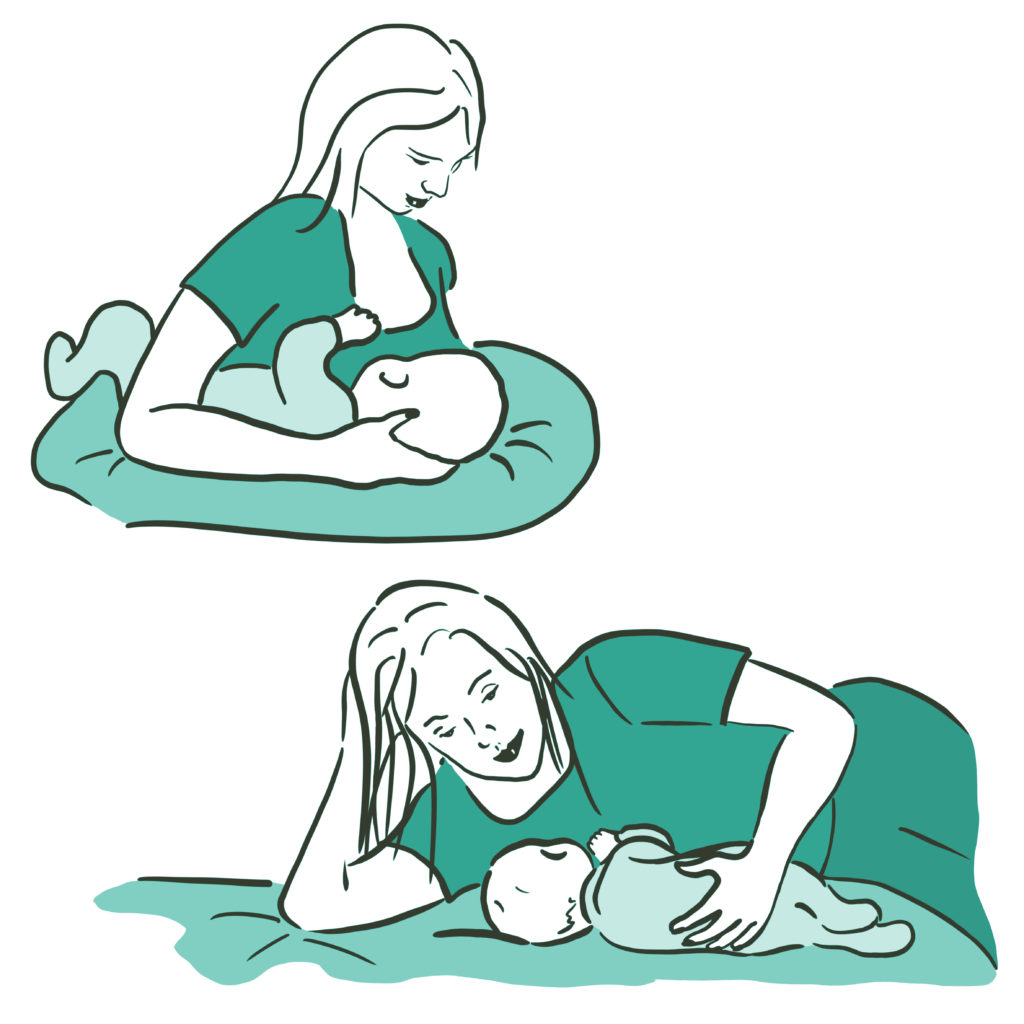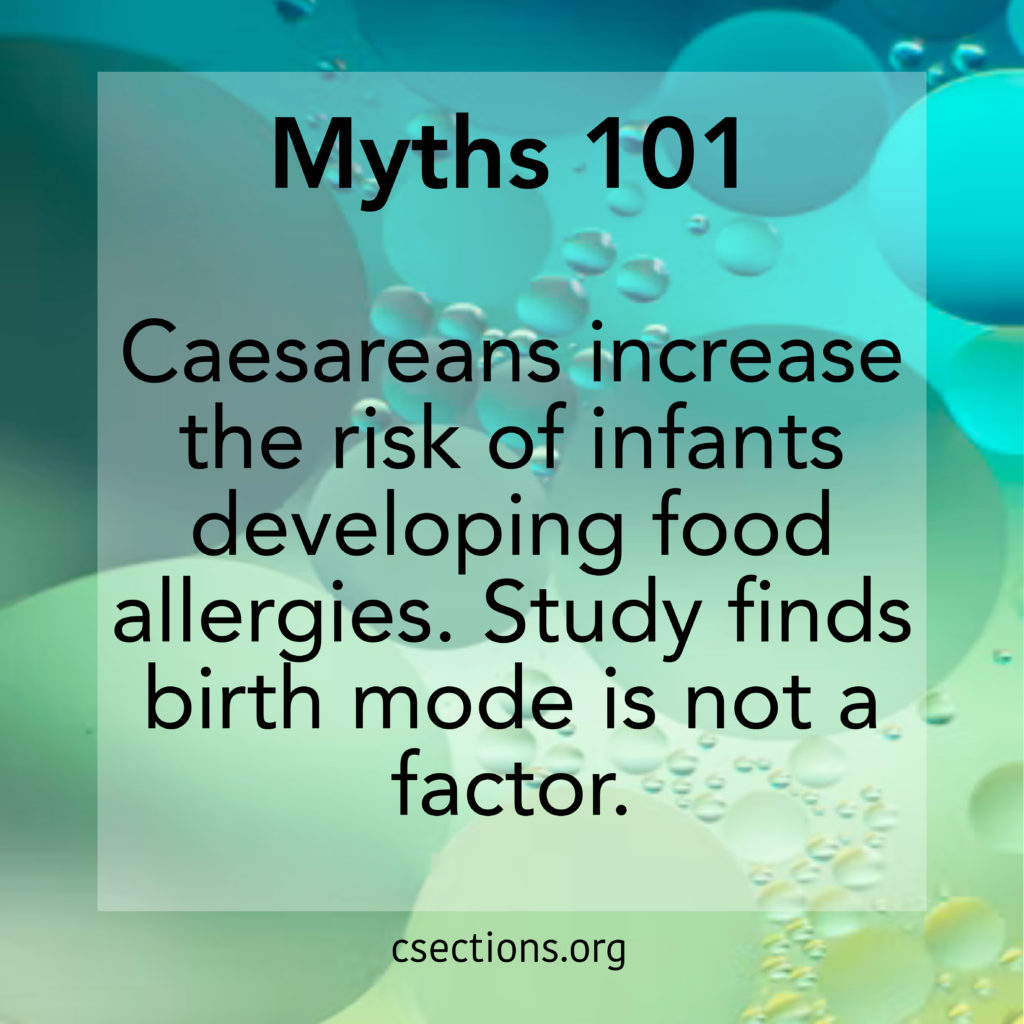Of course, everyone’s recovery experience is different and it depends on a lot of factors:
- The amount of help at home
- How much you listen to your body and take recovery at your body’s pace rather than any other arbitrary schedule
- How active your other children are
- How your birth went on the day
- How you are managing with breastfeeding, or not
- How baby (and you) are sleeping
Any one of these can, at times, throw a bit of a spanner in the works. Something that felt manageable yesterday, can, after a sleepless night, feel insurmountable.
For example: carrying your baby upstairs may feel daunting today simply because you went up and down stairs too many times yesterday, when (after a day of taking it a bit easier) tomorrow you will be fine again.
The good news is, there are lots of things you can do to assist your recovery but perhaps the most significant is to listen to your body!
A slight twinge should be viewed as an indicator to change how you are doing something or indeed refrain from doing it (or do it more slowly). And remember the regime of pain medication may well be masking some of the warning signs, so treat any twinge as a signal to slow down.
However, before you go into hospital, there are a few things you can do which can radically improve your recovery chances:
- Get everything on one level e.g. the changing area (with all relevant supplies) on the same floor as the one you are going to spend most of the day on (at least for the first few weeks). Perhaps ask your partner to replenish the stash before they head off for the day, in the early days it is important you limit the number of times you go up and down stairs
- Enlist the help of others, perhaps have a rota for family and friends who can pop in to lend a hand. It is worth spelling out ahead of time that if they visit, they are coming to help, (and that is not mean just cuddling the baby), they are not there to be waited on by you. It is even ok to go and have a nap while they watch baby for you
- Organise car sharing for the activities older children may be still participating in. You should not drive for 6 weeks (insurance can be invalidated by abdominal surgery), so you are going to need someone else to take your other children to swimming lessons or football practise. Planning this ahead of time when you can still do your share of carpooling takes away any pressure or guilt you might feel
- Manage the expectations of your older children before your birth – with toddlers, start them climbing onto your lap rather than picking them up, give them simple jobs to ‘help mummy’ before the baby arrives to reduce the chances of any resentment being associated with baby
- If you have pre-schoolers at home after the birth, plan more sedentary activities ahead of time. For example investing in play dough, puzzles, colouring books and sedentary games, and start visiting your local charity shops weekly prior to birth to stock up and don’t bring it all out at once, stagger the new things)
- Above all, ask for help
Personally speaking, I found recovery after my second baby easier than the first time round. Second time round, I didn’t fret about getting off the pain medication as fast as possible, I knew how to get out of bed without hurting myself. I had my ‘baby station’ set up and my toddler loved ‘helping’ (though I didn’t sell it to her as helping – she thought she was playing games seeing how many things she could fit in her trolley – the muslin, the remote, the telephone, the baby wipes, when all I actually might need was the baby wipes).
A bit of planning ahead can make things so much easier.



